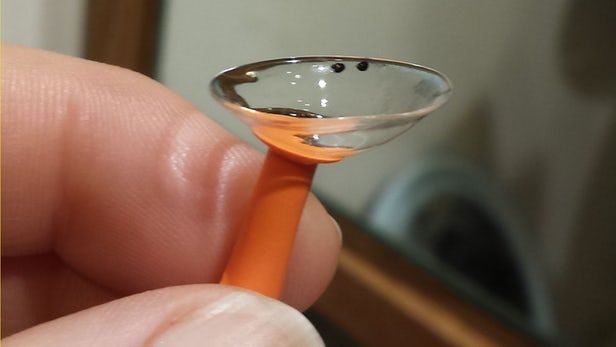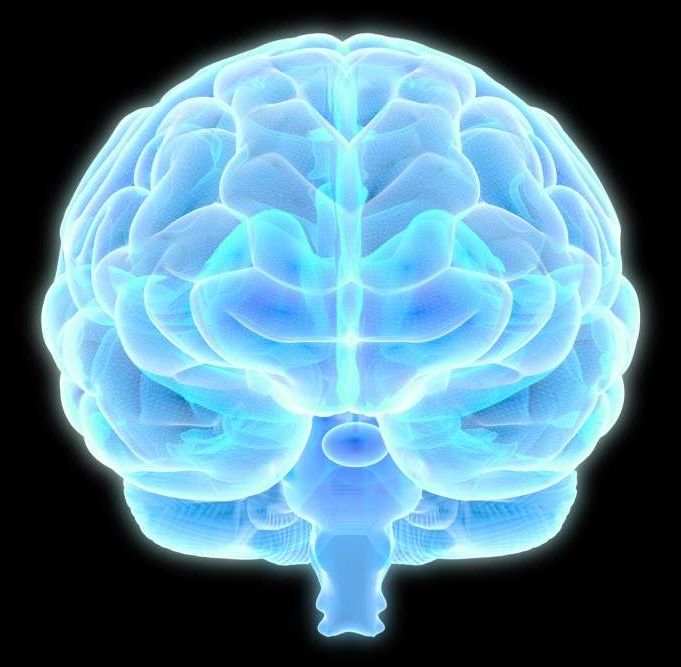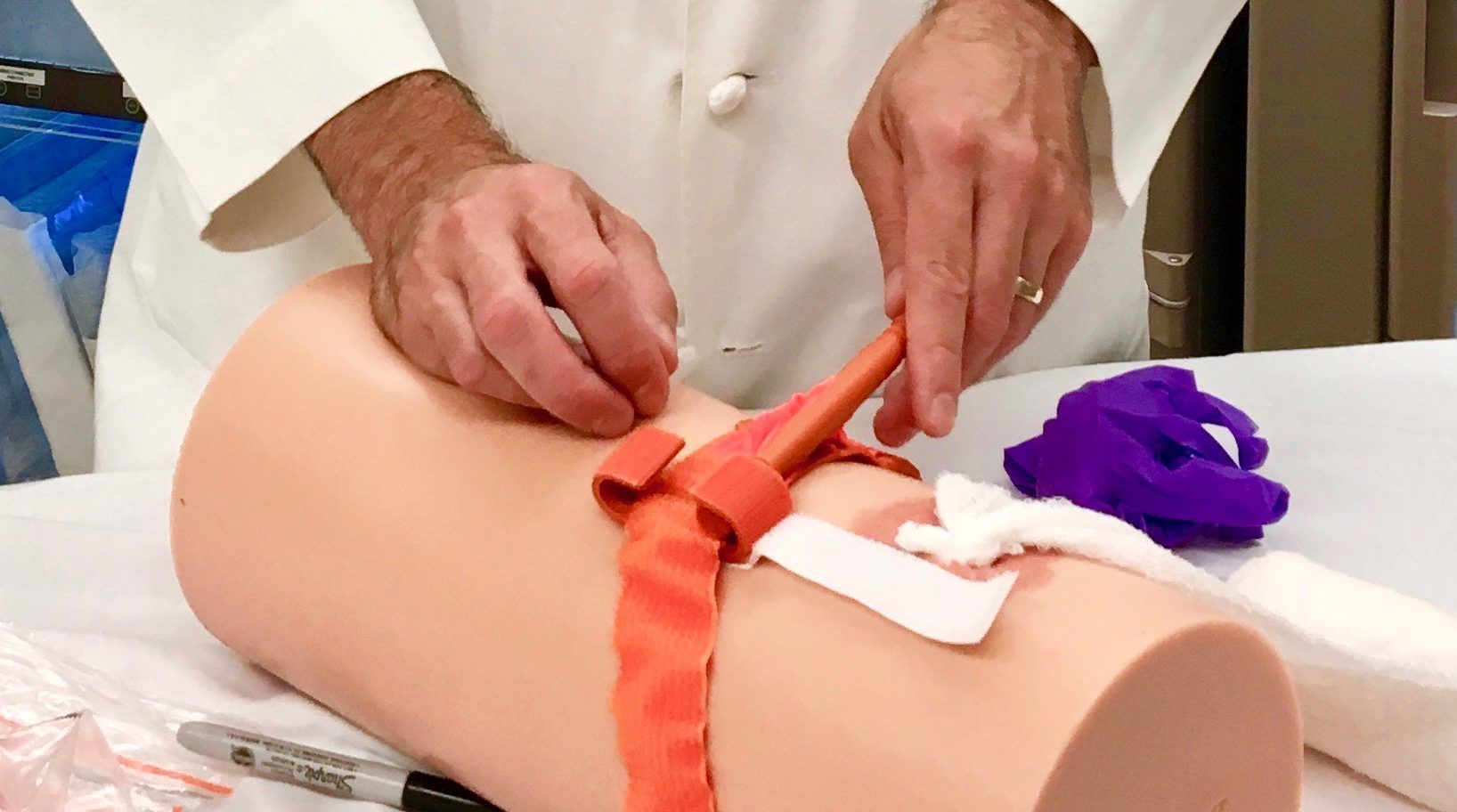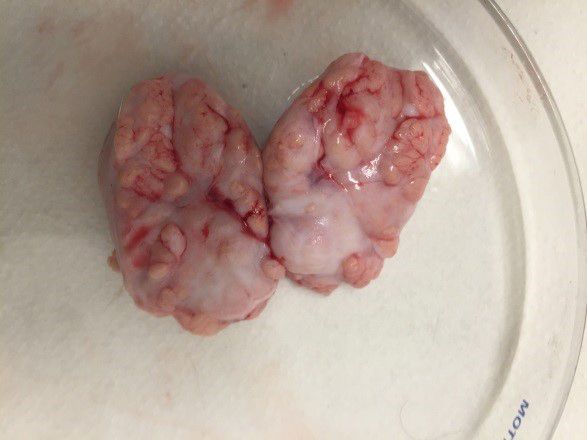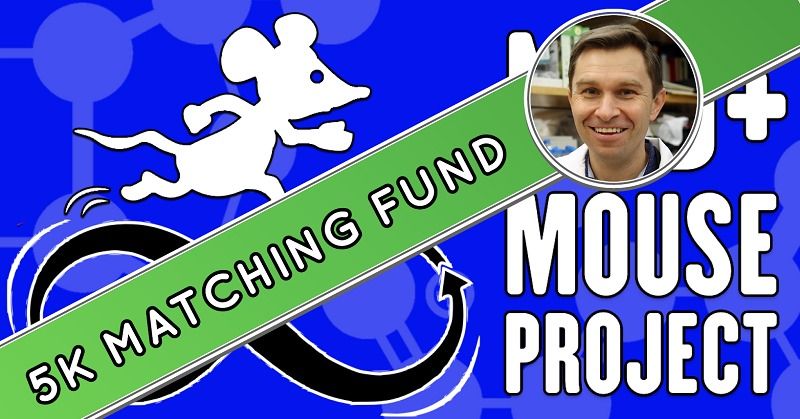Yesterday, we announced the successful completion of the NAD+ Mouse Project after a great fundraiser, but it seems we are not done yet. The research team at Harvard has announced a new stretch goal for the last two days of the campaign.
A new $75,000 goal is to be the final step, and to support that, Dr. David Sinclair is offering to fund match the next $5000 in donations to the project to help it reach this final goal. So, for the next two days, all donations are worth double.
The final goal will be to add even more comprehensive testing, such as end-of-life pathology (frequency and specificity of neoplasms/tumors/cancer) and MRI diagnostics (body composition, lean-to-fat ratio). This would really allow the researchers to maximize the useful data they collect during the study and help assess any changes to cancer risk, why each animal died, and what age-related diseases were affected by the drug.
